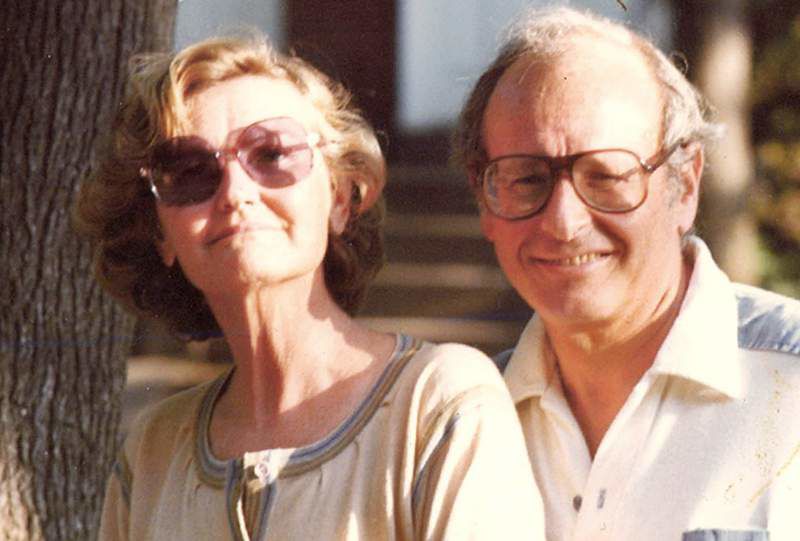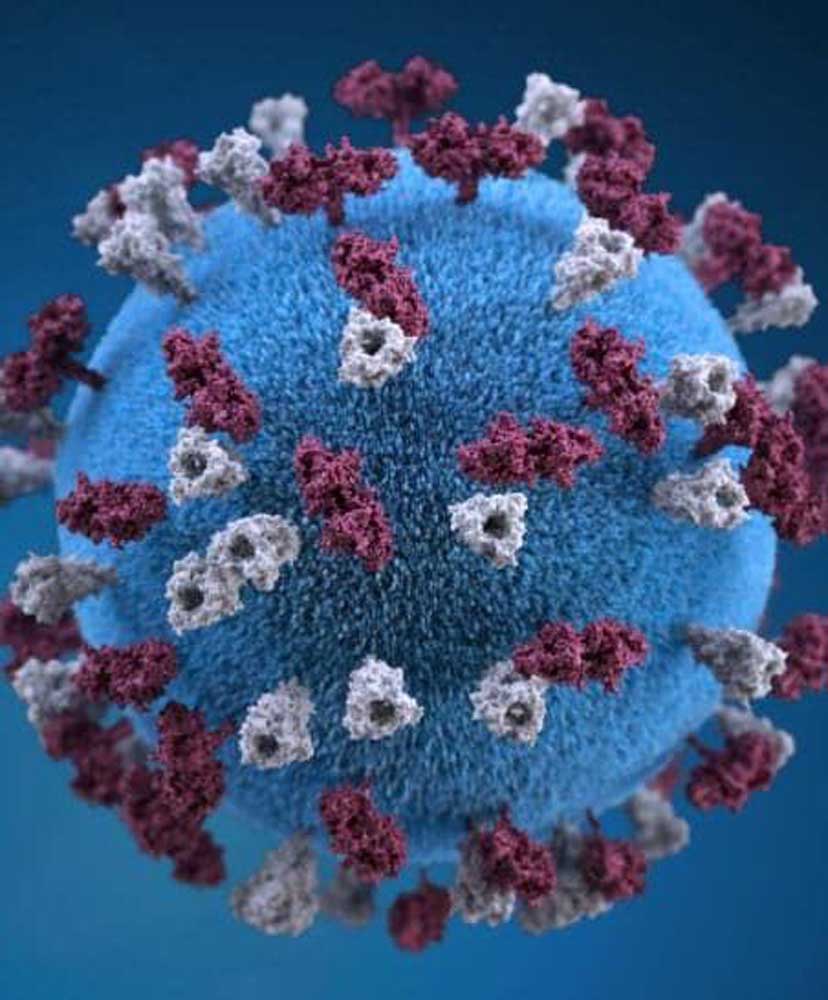Chafetz, 87, pushed against regulations to fight alcoholism
Published 5:00 am Monday, October 24, 2011

- Morris Chafetz, right — the first director of the National Institute on Alcohol Abuse and Alcoholism — is pictured with his his wife, Marion Chafetz. Morris Chafetz died Oct. 14 at his home in Washington, D.C., one day after Marion. He was 87; she was 86.
WASHINGTON — Morris Chafetz, a contrarian Harvard Medical School psychiatrist who became a leading expert on alcohol abuse and who sought to teach Americans how to drink responsibly without shaming them into not drinking at all, died Oct. 14 at his home in Washington.
His wife of 65 years, the former Marion Donovan, died the day before at the Sunrise at Fox Hill assisted living facility in Bethesda, Md., after a respiratory attack. He was 87; she was 86.
Their son Adam Chafetz, as well as a spokeswoman for the Office of the Chief Medical Examiner, said the cause and manner of Morris Chafetz’s death have not yet been determined. Their sons Marc and Gary said he telephoned hours after his wife’s death to say he planned to commit suicide.
In 1971, Morris Chafetz became the first director of the National Institute on Alcohol Abuse and Alcoholism, now a division of the National Institutes of Health. Ronald Reagan later nominated him to the Presidential Commission on Drunk Driving. During his five-decade career, Chafetz used his Harvard bona fides and the bully pulpit of his appointments to promote one basic concept: that the United States erred, and in fact aggravated the problem of alcoholism, by treating liquor as a forbidden fruit.
“My feelings about alcohol are similar to those of Winston Churchill, who once said, ‘I have taken more good from alcohol than alcohol has taken from me,’” Chafetz wrote in The New York Times in 1984. “I contend that society has taken more good from alcohol than alcohol has taken from society.”
Chafetz made that statement as a clinician who had seen the suffering that heavy drinking causes. In the early 1950s, he established a progressive alcoholism clinic at Massachusetts General Hospital. Through his work there, Chafetz came to see that alcoholics could be “housewives, executives, dishwashers,” his son Adam said. “Anybody.”
In his publications and in his sometimes controversial statements, Chafetz pushed pragmatism — instead of what he viewed as prohibitionist regulation — as the best way to deal with alcohol. He proposed measures such as allowing teenagers to drink in public, which he hoped would eliminate alcohol’s allure and thereby prevent some youngsters from becoming heavy drinkers.
Chafetz took the argument a step too far for many people’s taste in 1966, when he incurred the wrath of parent-teacher associations by proposing that children begin “practice drinking” in elementary schools.
“We have tried Prohibition and it failed,” Chafetz told Time magazine. “We have tried campaigns of slogans and they have failed. We have tried educational programs based on fear of alcohol and they have failed. … Parents are too confused and too guilty about their own drinking practices to transmit anything beyond their own ambivalence.”
Throughout this career, Chafetz continued to counter prevailing views about alcoholism. In 2002, he cited a research review he had done for the New England Journal of Medicine to question whether liquor advertisements actually lured people into drinking. “The claim that advertising can lead anyone down the bottle-strewn garden path not only to drink alcohol but to abuse it,” he told the National Review, “is pure hokum.”
Chafetz took some criticism for being too close to the alcohol industry. According to his son, Chafetz did not see that as a fault; he considered it in his interest to work directly with alcohol producers and vendors rather than treat them as adversaries.
Candace Lightner, the founder of Mothers Against Drunk Driving, said that even when she and Chafetz disagreed, she found him to be intelligent and thoughtful. “I always felt that he spoke from the heart,” she said in an interview.
As a young psychiatrist in Boston, he was assigned to establish the alcoholism clinic at Massachusetts General. At first, he resented what he considered the unglamourous posting. In the course of several weeks, his feeling quickly reversed. He came to see alcohol-related medicine as an opportunity to change American society.
“At that time … people with alcohol problems were reviled,” said Howard Blane, who worked with Chafetz at the clinic. “They were criminalized. They were put in hospitals. Or they were left to lie in the streets. But there was very little in the way of humane treatment.”
Elliot Richardson, President Richard Nixon’s secretary of health, education and welfare, was from Boston and was aware of the alcoholism clinic; he brought Chafetz to the Washington area to work at the National Institute of Mental Health. Once in that position, Chafetz pushed for the creation of an alcoholism institute in its own right. During Chafetz’s tenure as director, from 1971 to 1975, its budget grew to $150 million from $17 million, The Washington Post reported.
With his family, he later founded the TIPS Alcohol Training and Certification program, which seeks to train bartenders and others to recognize dangerous intoxication before accidents occur. He also led the Health Education Foundation, an organization that sought to teach people how to improve their general health, before retiring in 2002.








